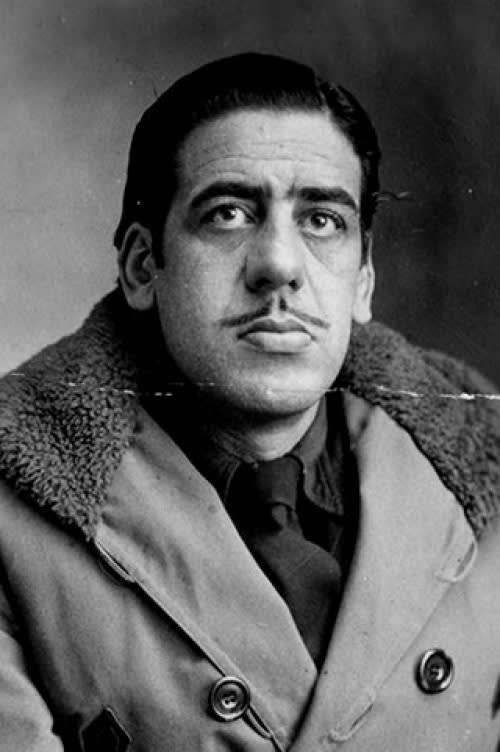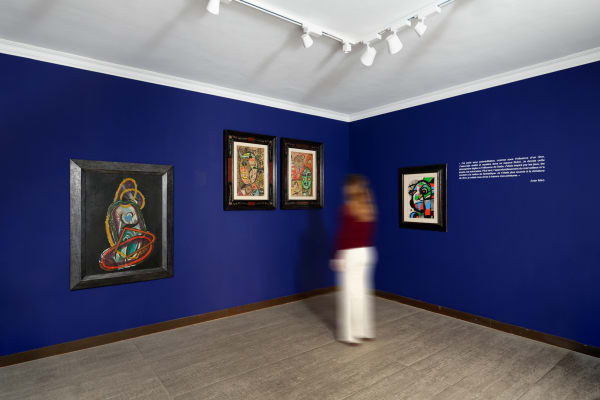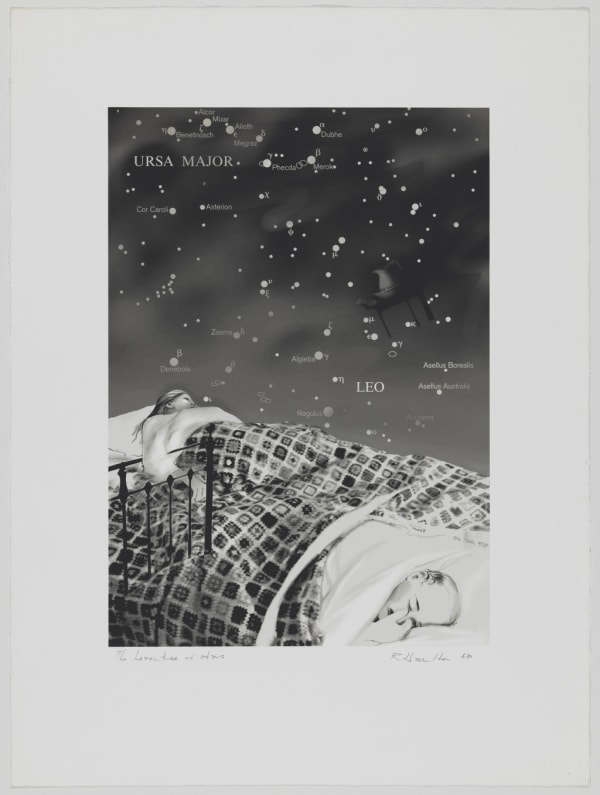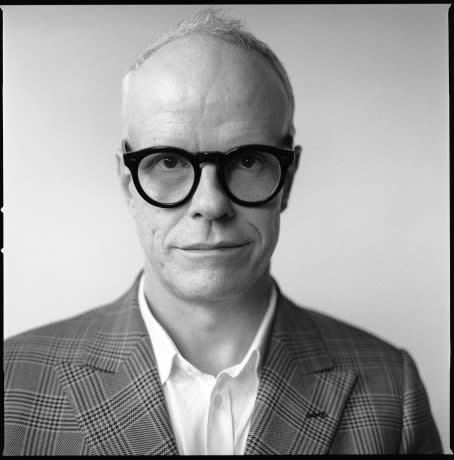Óscar Domínguez Spanish, 1906-1957
"He lets the cold colours fall slowly, drop by drop, then the warm ones, an hour later the invented curves, tenderness, hatred and hope"
- Óscar Domínguez
-

RÊVE. SURRÉALISME ET RÉVOLTE DE L'ESPRIT
PARIS 25 Apr - 5 Jul 2024Humanity’s deep-rooted fascination for dreams experienced a turning point at the beginning of the 20th century after the publication of The Interpretation of Dreams, by Sigmund Freud (1900), a fundamental...Read more -

The Space of Dreams
BARCELONA 12 Sep 2017 - 5 Jan 2018Through an accurate selection of works of art, the exhibition shows the importance that the dream has had as a constructor of the artistic language of the 20th century to...Read more -

The Space of Dreams
CADAQUÉS 21 Jul - 15 Aug 2017Through an accurate selection of works of art, the exhibition shows the importance that the dream has had as a constructor of the artistic language of the 20th century to...Read more
-

Changer La Vie
A text by Albert Serra July 21, 2017The night is the door to true life, that full life in which the impossible rules and death does not impose its law. It is...Read more -

Artistic Dreams
Llucià Homs in conversation with Hans Ulrich Obrist regarding Sogni/Dreams project Basel July 21, 2017After a few attempts to meet with Hans Ulrich Obrist in London, we finally do so during Art Basel, in one of the terraces of...Read more -

Joan Miró: Dreaming While Awake
Rosa Maria Malet talks about "Surrealism and the Dream" July 21, 2017[Excerpts from the paper given at the Surrealism and the Dream international congress held at the Museo Thyssen-Bornemisza on 8 and 9 October 2013] “I...Read more







